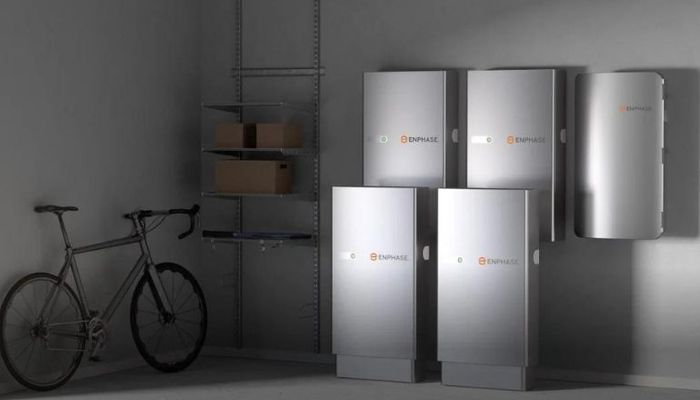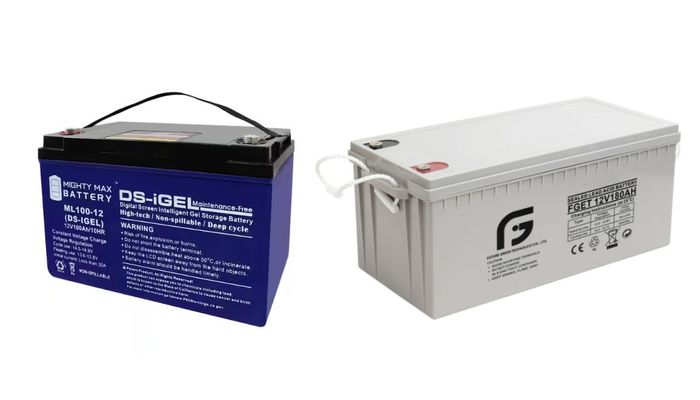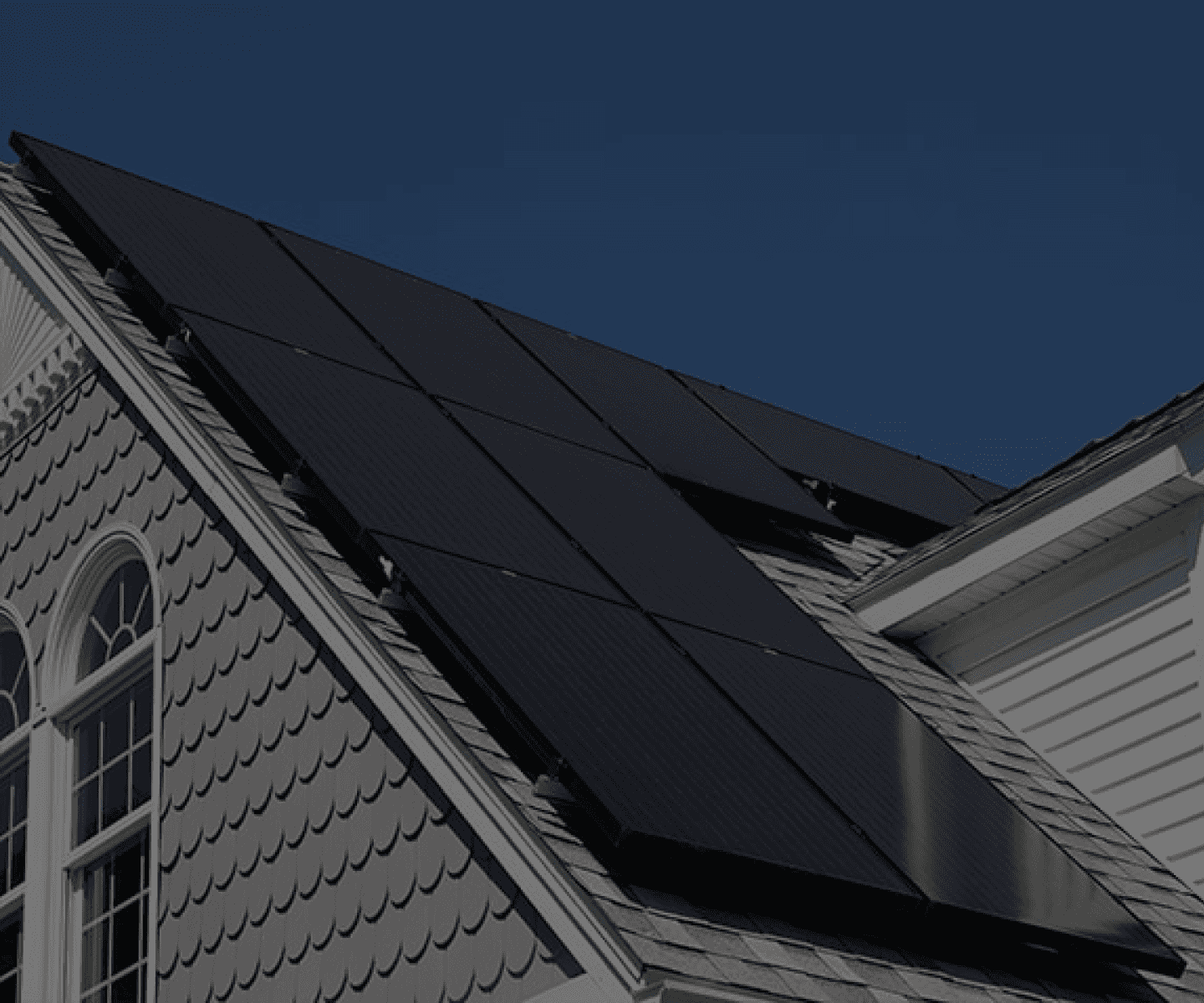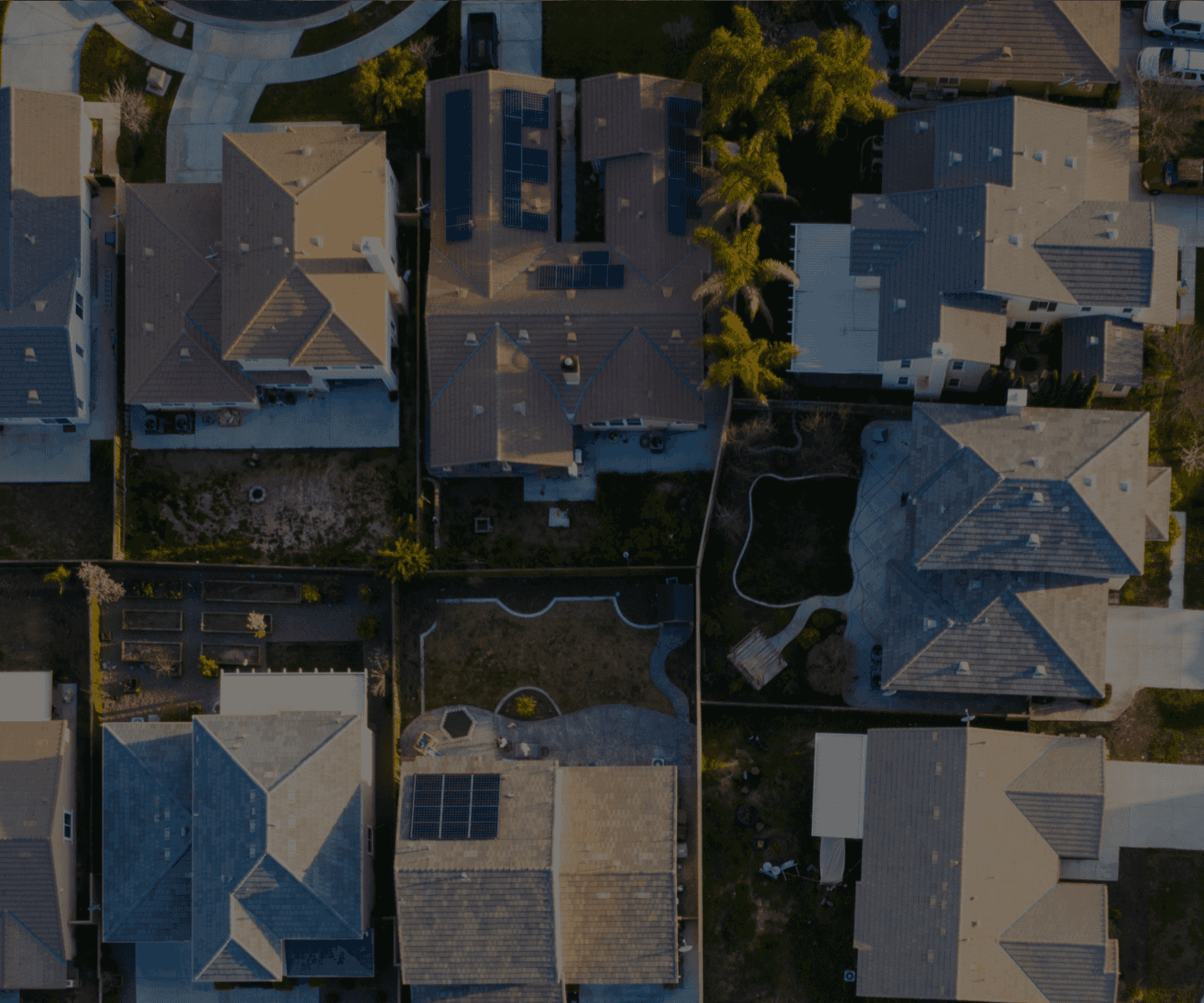Is Solar Worth It in California Under NEM 3.0?

There has been a lot of buzz about NEM 3.0 in California and its effects on new solar installs. The California Public Utilities Commission (CPUC) has changed the rules on how publicly owned electric companies (Pacific Gas and Electric, San Diego Gas and Electric and Southern California Edison) will bill customers who install solar.
This article will give you all the details you need to know to determine if it is worth it to install solar on your home under this new “net billing” policy.
What Does NEM 3.0 Mean for Solar in California?
With the introduction of NEM 3.0 on April 15, 2023, the price of solar exports was significantly reduced. During NEM 2.0 the average export rate was $0.30/kWh, and now it only averages $0.08/kWh, marking a substantial 75% decrease.
Learn more: Net Metering 3.0: What California Residents Must Know
| NEM 2.0 | NEM 3.0 | |
| Solar Export Rates | $.30+/kWh | $.08/kWh |
| Interconnection Fee | $75-$150 one-time fee | $10-$15 per month |
| Battery System Use | Self-consumption and backup | Self-consumption and backup |
| Lifetime Savings on Solar | $10,000-$40,000 | $3,000-$10,000 |
| Estimated Payback Time | 4-6 years | 8-10 years |
So, Is Solar Still Worth It in California?
The short answer is yes. Solar is definitely still worth it in California even after the implementation of NEM 3.0. Let’s dive into the main reasons.
Utility Prices Are Soaring
When you install a solar system, you essentially pre-purchase your electricity for the next 25 years or more. This provides a significant economic advantage, especially considering that utility rates keep on increasing. Just this year, Pacific Gas and Electric (PG&E) raised their rates by 8%. So by generating your own solar power, you are buffered against such price hikes, providing long-term stability and savings on your energy bills.
California Has 284 Sunny Days Per Year
Living in the Golden State comes with the perk of having 284 sunny days per year on average. Such exposure to the sun allows solar panels to generate significant amounts of electricity, maximizing potential energy savings and reducing reliance on the grid. Even on cloudy days, a solar energy system will generate at about 50% capacity.
Solar Increases Property Value
Studies show that solar systems increase the value of residential properties. On average, home buyers would pay a premium of $15,000 more for homes with a typical 3.6-kW solar system.
This added value to your property is an important consideration when assessing the overall return on investment of a solar system.
How to Make Installing Solar in California Worthwhile
Under the NEM 3.0 net billing policy, there are several strategies you can employ to maximize the financial benefits of your solar installation.
Solar System Sizing
To ensure optimal utilization of your solar energy and adapt to the lower solar export rate under NEM 3.0, the sizing approach for solar systems has shifted. Unlike NEM 2.0, where it was common to size a system to generate 100% of your energy usage, the goal now is to avoid backfeeding excess solar power into the grid.
Under NEM 3.0, we advise installing a slightly smaller solar system so that you can use up all the solar power during the day and only pay the utility for the power you consume at night. Although this approach may not completely eliminate your electric bill, it ensures that you maximize the return on your solar investment.
Read more: How to Size a Solar System
Battery Storage
An effective strategy to minimize solar exports is to install a solar system with battery backup. With batteries, you have the ability to store excess energy generated during the daytime, when the export rate is lower but solar production is high.
You have two choices with your stored power: use the stored energy from your battery bank during the evening, when electricity rates tend to be higher and solar production tails off to zero, or sell the power back to the utility at the higher rates.
There are some evening hours in September where the rates are so high that selling power back can have a very significant impact on the financial performance of your system.
Read more: 8 Benefits of Solar Battery Storage
Solar Panel Orientation
Considering the orientation and tilt angle of your solar array can also be beneficial.
Orientation: The direction in which your solar panels face impacts the overall energy production. South-facing panels yield the highest total production, but most of the energy is generated around noon when export rates are typically low. However, if you orient the panels to the west, they will generate more energy in the late afternoon when export rates and utility rates are higher. This alignment can result in greater cost savings.
Tilt angle: The tilt angle of your solar panels also plays a role. A tilt angle of 30 to 35 degrees is considered ideal for maximizing annual production. However, it's important to note that export rates and utility rates are higher during the summer months. By installing solar panels at a lower tilt angle of 10 to 15 degrees, you can optimize summer production and increase the return on your solar energy investment.
For most rooftop installations, the easiest choice is to just go with the pitch of the roof, so your roof might make the tilt angle choice for you.
Read more: How to Optimize Solar Panel Production: 6 Tips
Do It Yourself
Installation costs make up a significant portion of the overall expense of going solar, often exceeding half of the total cost. A full DIY installation can cut your payback time in half! If you possess construction skills or have the willingness to learn, you can take on all or a substantial portion of the installation work yourself and save big. This will reduce labor costs, save you a significant amount of money and provide you with a short payback time and a high solar ROI.
Read more: DIY Solar: Is It Worth It? Pros and Cons
Federal & State Solar Incentives
Two important incentives to consider are the federal tax credit and California's incentives for single-family low-income housing:
Federal Tax Credit: When you install solar, you are eligible for a 30% federal tax credit on the total cost of your solar installation, even if it’s DIY! This means that you can deduct 30% of the dollar amount you spent on your solar system from the federal taxes you owe.
California solar incentives for low-income housing: If you reside in single-family low-income housing in California, there may be additional incentives available to you. So make sure to check and see if you qualify. For example, Disadvantaged Communities – Single-Family Solar Homes (DAC-SASH) is a program that provides an initial refund to lower the expenses associated with adopting solar energy for eligible low-income households. To qualify for this program, you need to fulfill the following requirements:
- Receive electricity service from either Pacific Gas & Electric (PG&E), Southern California Edison (SCE), or San Diego Gas & Electric (SDG&E).
- Own and live in a single-family home as your main place of residence.
- Reside in a disadvantaged community marked on the designated map.
- Have a household income that falls below the limits established by the CARE or FERA programs.
Get the Best Solar Deal in California
However, when considering factors such as system sizing, battery integration, optimal orientation, or DIY, it is crucial to seek professional help.
At GoGreenSolar, we understand the evolving landscape of solar energy in California and the importance of adapting to changes like NEM 3.0. With our expertise and commitment to delivering exceptional service, we are here to support you every step of the way. Our team of knowledgeable professionals can assess your unique circumstances, provide guidance, and help you make the most informed decisions for your solar system installation.
Reach out to GoGreenSolar today and take the first step toward a sustainable future powered by clean, cost-effective solar energy.






